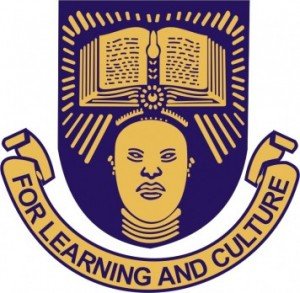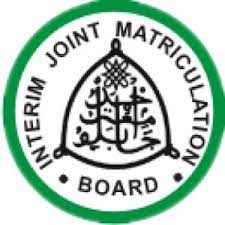Physics Keypoints: Reflection of Light at Plane and Curved Surfaces; This study material is suitable for students sitting for the following exams: JAMB, WAEC, NECO, GCE, IJMB, and JUPEB.
Read other physics keypoints here
Physics Keypoints: Reflection of Light at Plane and Curved Surfaces
The reflection of light is a captivating phenomenon that shapes how we perceive the world around us. In this comprehensive article, we will embark on an illuminating journey into the intricacies of light reflection, exploring the fundamental laws governing reflection, its diverse applications, and the formation of images using plane, concave, and convex mirrors.
We will also delve into the mirror formula and linear magnification, enabling us to tackle optical problems with confidence. Furthermore, we will investigate how the laws of light reflection play a pivotal role in the workings of ingenious optical devices such as periscopes, kaleidoscopes, and sextants.
By the end of this exploration, you will possess a profound understanding of the reflection of light and its multifaceted role in our lives.
A. Laws of Reflection
(i) Interpreting the Laws of Reflection
The laws of reflection are the foundation of our understanding of how light behaves when it encounters a reflecting surface. These laws dictate that the angle of incidence (the angle at which light approaches the surface) is equal to the angle of reflection (the angle at which light departs from the surface). Understanding these laws is essential for comprehending the behavior of light and its applications in various optical devices and systems.
B. Application of Reflection of Light
(ii) Illustrating the Formation of Images by Plane, Concave, and Convex Mirrors
Mirrors come in various shapes and forms, including plane mirrors, concave mirrors, and convex mirrors. These mirrors create distinct types of images due to their different reflective surfaces. Understanding how these images are formed, both in terms of their characteristics and their interaction with light rays, is crucial in fields such as optics, astronomy, and ophthalmology.
C. The Mirror Formula and Linear Magnification
(iii) Applying the Mirror Formula to Solve Optical Problems
The mirror formula, 1/f = 1/u + 1/v, is a powerful tool in optics for solving a wide range of optical problems. It relates the focal length (f) of a mirror to the object distance (u) and the image distance (v). Proficiency in applying this formula is essential for engineers, designers, and scientists working with optical systems and devices.
(iv) Determining Linear Magnification
Linear magnification, denoted by the letter “m,” quantifies the size and orientation of an image relative to the object. It is an indispensable parameter in optical design and analysis. Understanding how to calculate linear magnification is essential for tasks such as designing optical instruments and evaluating the performance of optical systems.
(v) Applying the Laws of Reflection to Optical Devices
The laws of reflection play a pivotal role in the functionality of optical devices such as periscopes, kaleidoscopes, and sextants. A periscope, for instance, uses multiple mirrors to change the direction of light, allowing users to view objects around obstacles. A kaleidoscope employs the principles of reflection to create intricate patterns and designs. Sextants use reflection to measure angles and determine the position of celestial bodies. Understanding these applications provides insight into the ingenious design and functionality of these devices.
Conclusion
The reflection of light is an intricate and indispensable aspect of our world. By interpreting the laws of reflection, understanding the formation of images by different types of mirrors, applying the mirror formula and determining linear magnification, and exploring the role of reflection in optical devices, we gain a profound insight into the behavior of light and its practical applications.
The knowledge acquired through this exploration is not only essential for scientists, engineers, and designers working in the field of optics but also enriches our understanding of everyday phenomena and the marvels of optical devices that enhance our lives.












